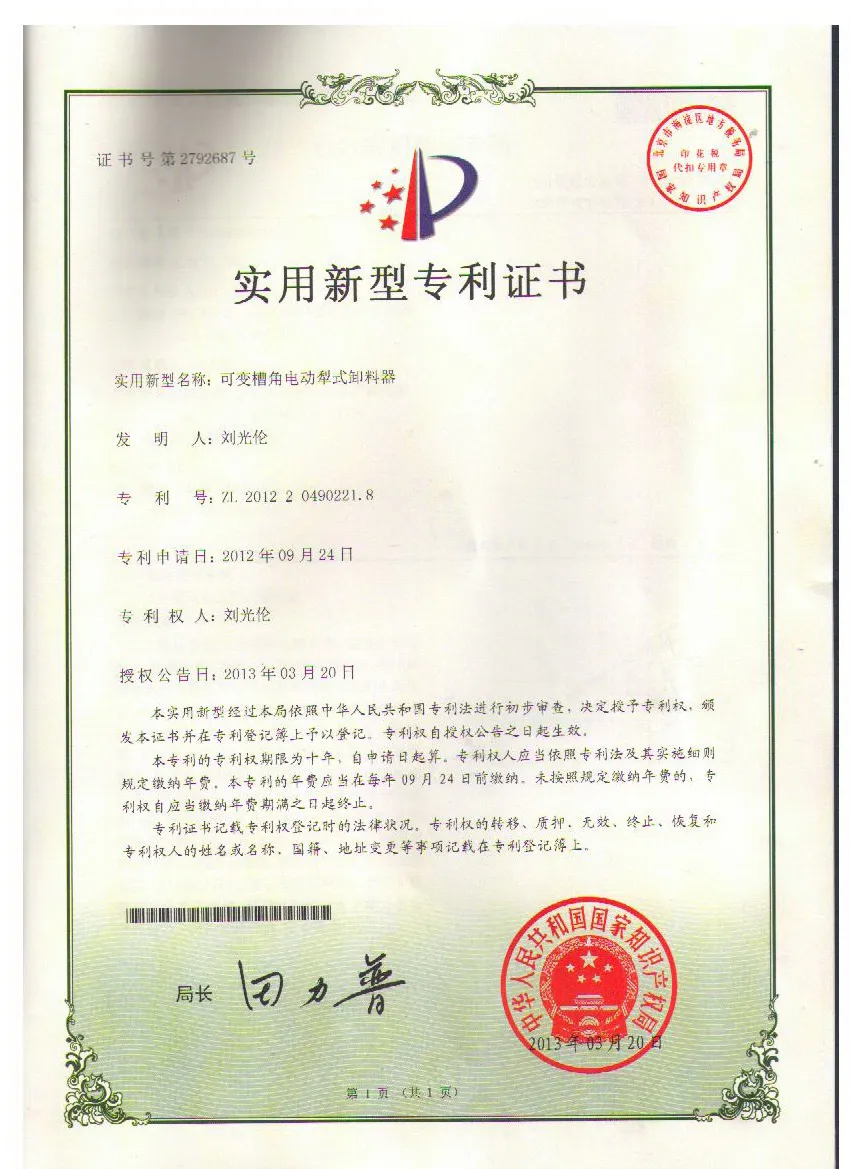 Afrikaans
Afrikaans  Albanian
Albanian  Amharic
Amharic  Arabic
Arabic  Armenian
Armenian  Azerbaijani
Azerbaijani  Basque
Basque  Belarusian
Belarusian  Bengali
Bengali  Bosnian
Bosnian  Bulgarian
Bulgarian  Catalan
Catalan  Cebuano
Cebuano  Corsican
Corsican  Croatian
Croatian  Czech
Czech  Danish
Danish  Dutch
Dutch  English
English  Esperanto
Esperanto  Estonian
Estonian  Finnish
Finnish  French
French  Frisian
Frisian  Galician
Galician  Georgian
Georgian  German
German  Greek
Greek  Gujarati
Gujarati  Haitian Creole
Haitian Creole  hausa
hausa  hawaiian
hawaiian  Hebrew
Hebrew  Hindi
Hindi  Miao
Miao  Hungarian
Hungarian  Icelandic
Icelandic  igbo
igbo  Indonesian
Indonesian  irish
irish  Italian
Italian  Japanese
Japanese  Javanese
Javanese  Kannada
Kannada  kazakh
kazakh  Khmer
Khmer  Rwandese
Rwandese  Korean
Korean  Kurdish
Kurdish  Kyrgyz
Kyrgyz  Lao
Lao  Latin
Latin  Latvian
Latvian  Lithuanian
Lithuanian  Luxembourgish
Luxembourgish  Macedonian
Macedonian  Malgashi
Malgashi  Malay
Malay  Malayalam
Malayalam  Maltese
Maltese  Maori
Maori  Marathi
Marathi  Mongolian
Mongolian  Myanmar
Myanmar  Nepali
Nepali  Norwegian
Norwegian  Norwegian
Norwegian  Occitan
Occitan  Pashto
Pashto  Persian
Persian  Polish
Polish  Portuguese
Portuguese  Punjabi
Punjabi  Romanian
Romanian  Russian
Russian  Samoan
Samoan  Scottish Gaelic
Scottish Gaelic  Serbian
Serbian  Sesotho
Sesotho  Shona
Shona  Sindhi
Sindhi  Sinhala
Sinhala  Slovak
Slovak  Slovenian
Slovenian  Somali
Somali  Spanish
Spanish  Sundanese
Sundanese  Swahili
Swahili  Swedish
Swedish  Tagalog
Tagalog  Tajik
Tajik  Tamil
Tamil  Tatar
Tatar  Telugu
Telugu  Thai
Thai  Turkish
Turkish  Turkmen
Turkmen  Ukrainian
Ukrainian  Urdu
Urdu  Uighur
Uighur  Uzbek
Uzbek  Vietnamese
Vietnamese  Welsh
Welsh  Bantu
Bantu  Yiddish
Yiddish  Yoruba
Yoruba  Zulu
Zulu pulley lagging types
Understanding Pulley Lagging Types A Comprehensive Overview
Pulley systems play a crucial role in various mechanical applications, particularly in material handling and conveyor systems. One of the key components that enhance the efficiency and longevity of these systems is the pulley lagging. Lagging provides a protective layer around the pulley, thereby improving grip, reducing slippage, and protecting the pulley from wear and tear. This article explores different types of pulley lagging, their materials, and their applications.
1. Rubber Lagging
Rubber lagging is one of the most commonly used forms of lagging in pulley systems. It consists of a layer of rubber adhered to the surface of the pulley. This type of lagging provides excellent traction and is capable of absorbing impacts and vibrations, thus reducing the stress on the pulley and the conveyor system. Rubber lagging is available in various grades, with thicker versions offering greater durability and wear resistance. It is primarily used in applications where heavy loads and high friction are common, such as in mining and heavy industrial operations.
2. Ceramic Lagging
Ceramic lagging is another popular choice for high-friction applications. This type of lagging is distinguished by the arrangement of ceramic tiles on the pulley surface. These tiles, which are incredibly hard and wear-resistant, provide an exceptional grip, making them ideal for steep inclines or challenging material handling scenarios. Ceramic lagging is often used in scenarios where rubber lagging may wear out quickly, such as in coal handling or when transporting materials with sharp edges.
3
. UHMWPE Laggingpulley lagging types

Ultra-High-Molecular-Weight Polyethylene (UHMWPE) lagging is a more modern option that has gained traction in various industries. Boasting a low coefficient of friction, UHMWPE reduces wear on both the lagging and the conveyer belt. Additionally, it offers excellent resistance to impact, chemicals, and abrasion, making it suitable for use in harsh environments. UHMWPE lagging is commonly used in food processing, pharmaceuticals, and applications requiring hygiene standards, as it is easier to clean compared to other materials.
4. Steel Lagging
For applications requiring extreme durability, steel lagging is often chosen. Steel lagging involves the use of hard steel plates or strips bolted onto the pulley surface. This type of lagging provides unmatched wear resistance and is particularly beneficial in environments where heavy loads are constantly present or where harsh elements may damage traditional lagging materials. However, while steel lagging is extremely strong, it can sometimes lead to increased belt wear if not properly aligned or if the system is not correctly designed.
5. Composite Lagging
Composite lagging combines various materials to leverage the strengths of each. Typically, it may blend rubber, steel, and other polymer materials to create a lagging option that excels in both durability and grip. This innovation allows for tailored solutions to specific needs, enhancing performance based on unique operational requirements. Composite laggings are increasingly being adopted across diverse sectors, ensuring that users can find an optimal solution that balances budget, performance, and longevity.
Conclusion
Choosing the right type of pulley lagging is essential for maximizing the efficiency, safety, and lifespan of the pulley system it is attached to. Factors such as the type of material being transported, the operating environment, and the specific demands of the application must be considered when selecting the appropriate lagging type. With advancements in material science, the innovations in lagging technology continue to evolve, providing industries with increasingly effective solutions to meet their challenges. Whether it’s rubber, ceramic, UHMWPE, steel, or composite lagging, the right choice can significantly impact operational success.
-
Revolutionizing Conveyor Reliability with Advanced Rubber Lagging PulleysNewsJul.22,2025
-
Powering Precision and Durability with Expert Manufacturers of Conveyor ComponentsNewsJul.22,2025
-
Optimizing Conveyor Systems with Advanced Conveyor AccessoriesNewsJul.22,2025
-
Maximize Conveyor Efficiency with Quality Conveyor Idler PulleysNewsJul.22,2025
-
Future-Proof Your Conveyor System with High-Performance Polyurethane RollerNewsJul.22,2025
-
Driving Efficiency Forward with Quality Idlers and RollersNewsJul.22,2025





























